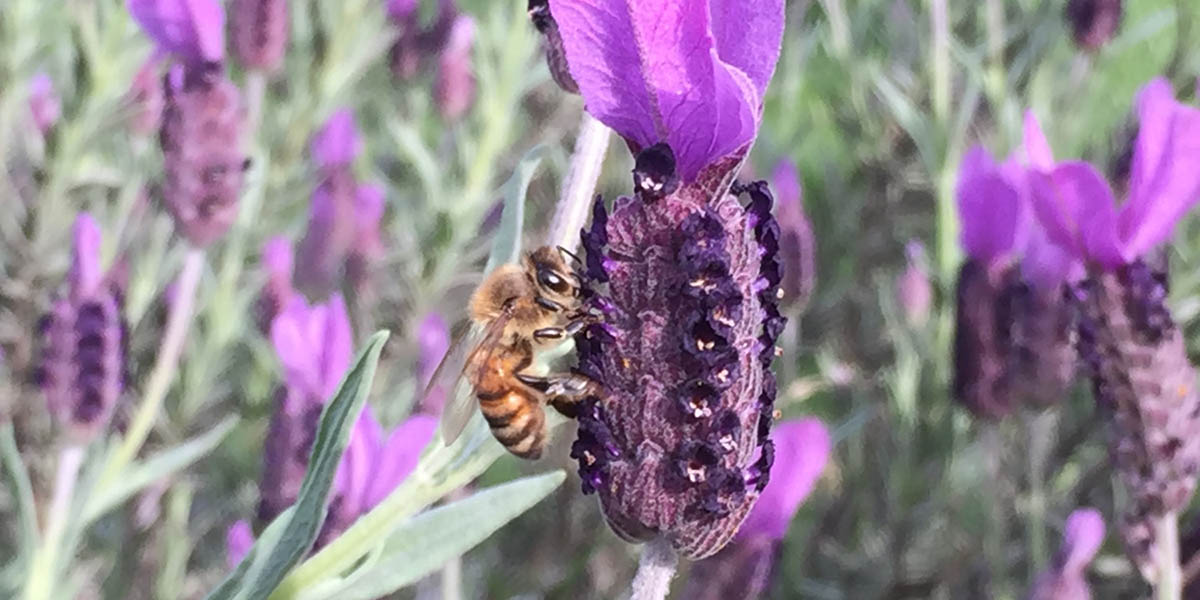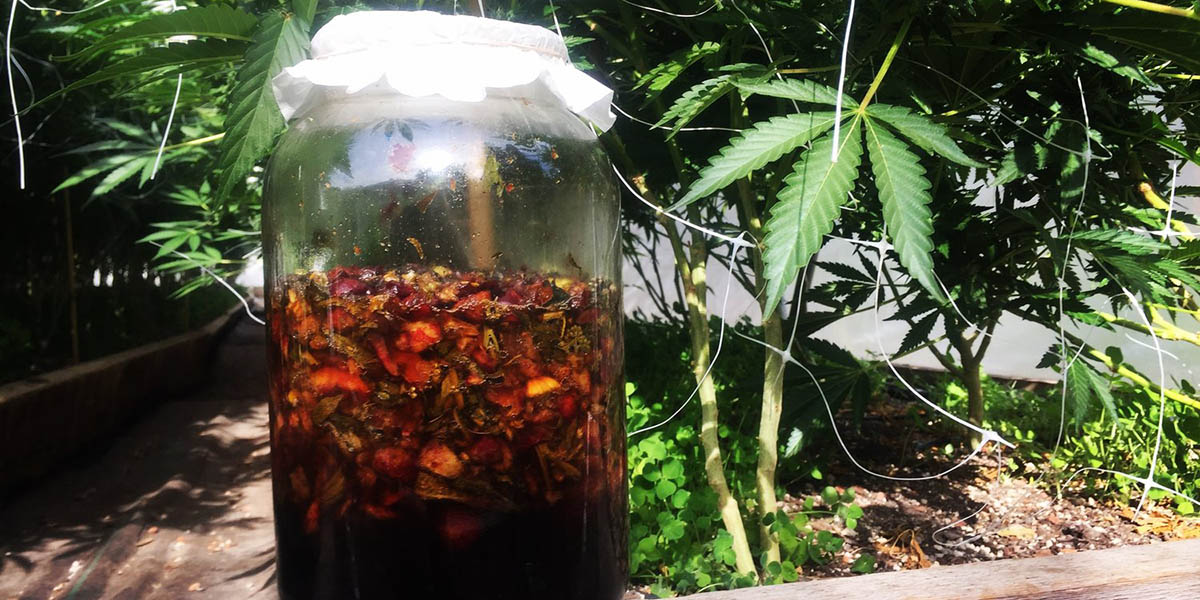“What Is Fermented Plant Juice (FPJ)?
FPJ is used in solutions for seed and soil treatments and plant nutrition. It consists of the young shoots of vigorously growing plants that are allowed to ferment for approximately 7 days with the aid of brown sugar. The brown sugar draws the juices out of the plant material via osmosis and also serves as a food source for the microbes carrying out the fermentation process. “
-University of Hawaii
The general overarching concept is the bacteria in the fermentation process use the sugars to breakdown the plant matter and convert it into a highly available solution of nutrients, hormones, enzymes, amino acids and microbes.
We have only scratched the surface on what is possible and will be running some preliminary experiments and publishing our results on the blog. There appears to be a general gap in knowledge regarding using herbal plants such as lavender, thyme, rosemary and oregano vs. nutritive plants such as comfrey, nettle, mugwort and purslane. It is our interest to seek out sponsors to facilitate these experiments, sharing what we have learned and build our own brand of GRASSROOTS SCIENCE™. Please visit the link below to learn more about the process of FPJ and DIY!
Download the PDF from the University of Hawai‘i:



